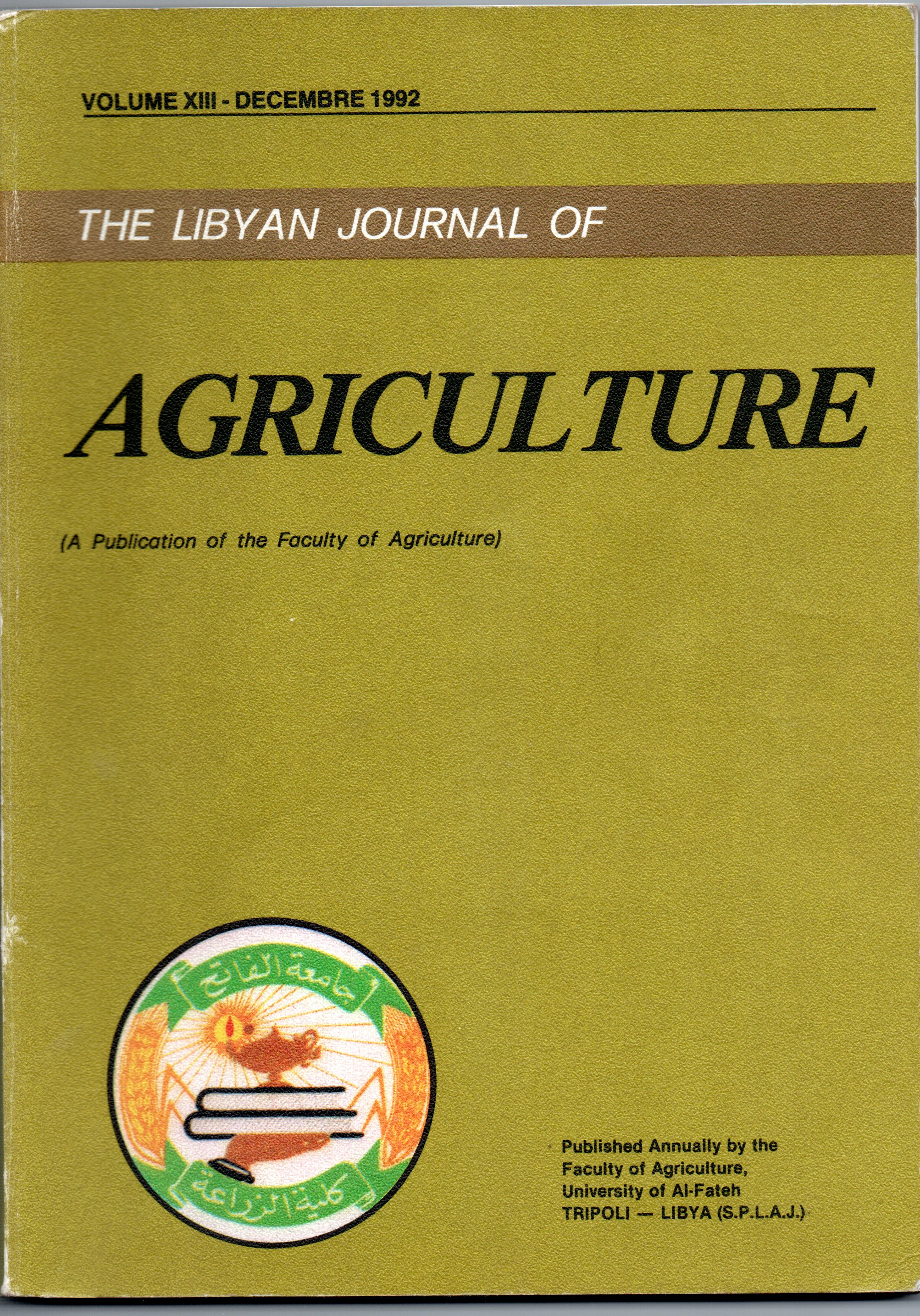Ecological and Vegetative Propagation Studies on Libyan Truffles
Main Article Content
Abstract
The present study was initiated to investigate some of the environmental and ecological conditions which promote natural growth of truffles. An attempt was also made to examine their vegetative propagation in three different synthetic media. The preliminary results have indicated that truffles grow mostly in sandy loam soils characterized by an alkaline reaction (pH 7.9), high porosity (45.28%), considerably low field capacity (22.23%) and an electrical conductivity of (0.86 mmhos/ cm at 25°C). The dominant microflora of the soil was found to be gram positive spore forming bacteria which belong to the genus Bacillus and non-spore forming Micrococci and molds. The Helianthianum was the dominant vascular plant growing in truffles habitat.
Article Details
How to Cite
SHAMEKH, S. ., EL-MABSUT, Y. ., & AHMED, A. . (2023). Ecological and Vegetative Propagation Studies on Libyan Truffles. The Libyan Journal of Agriculture, 13(1). Retrieved from http://uot.edu.ly/journals/index.php/ljagric/article/view/419
Section
Articles

